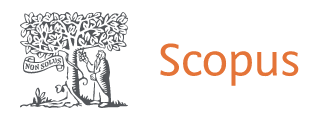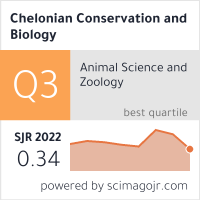LABORATORY BIOSAFETY AND BIOSECURITY: BEST PRACTICES FOR LABORATORY SPECIALISTS AND TECHNICIANS IN SAUDI MILITARY HEALTHCARE FACILITIES
Abstract
Laboratory biosafety and biosecurity are critical components in protecting personnel, facilities, and the broader community from biological hazards in healthcare settings. Military healthcare facilities face unique challenges due to their operational requirements, security considerations, and potential exposure to novel or high-risk pathogens. This comprehensive review examines current biosafety and biosecurity practices in Saudi military healthcare laboratories, identifying best practices, implementation challenges, and opportunities for enhancement. Analysis of existing procedures reveals several key domains requiring standardized approaches: risk assessment methodologies, physical containment measures, personal protective equipment protocols, waste management procedures, emergency response planning, personnel training, and information security. Common implementation challenges include resource constraints, knowledge gaps, procedural inconsistencies, and coordination difficulties during emergencies. The review proposes an integrated framework for enhancing biosafety and biosecurity in military laboratory settings through risk-based approaches, comprehensive training programs, enhanced surveillance systems, and improved governance structures. Specific recommendations include establishing centralized oversight committees, implementing standardized risk assessment tools, developing competency-based training programs, enhancing biological material inventory systems, strengthening emergency response capabilities, and creating appropriate performance monitoring mechanisms. By systematically addressing these recommendations, Saudi military healthcare facilities can significantly enhance laboratory safety and security while fulfilling their critical healthcare and national security missions.
Downloads
Published
How to Cite
Issue
Section
License
Copyright (c) 2024 Chelonian Research Foundation

This work is licensed under a Creative Commons Attribution 4.0 International License.






